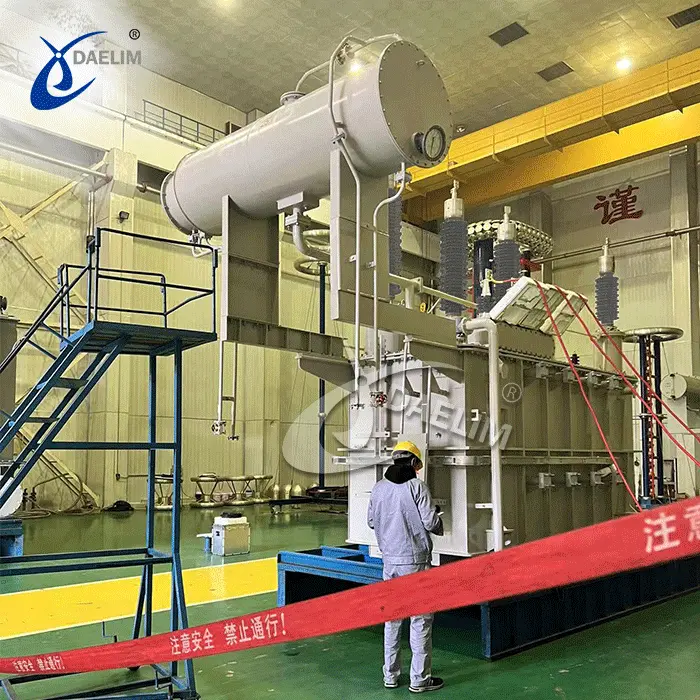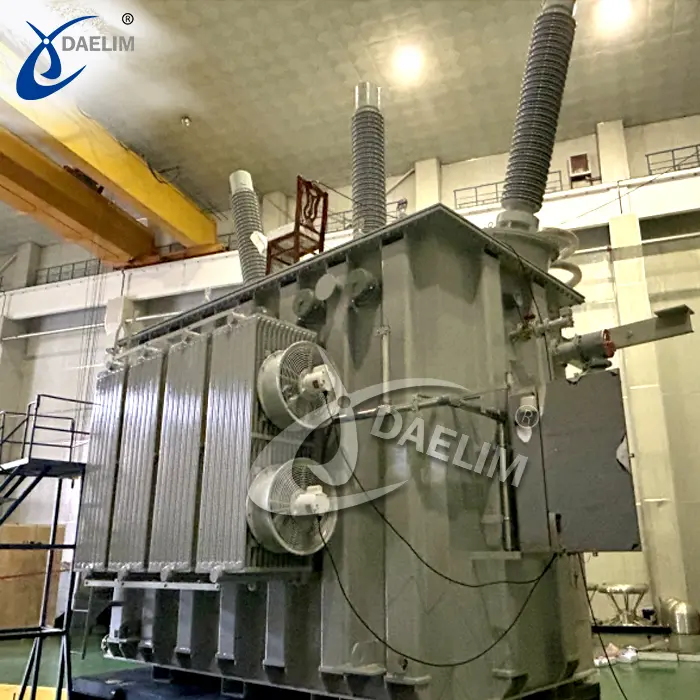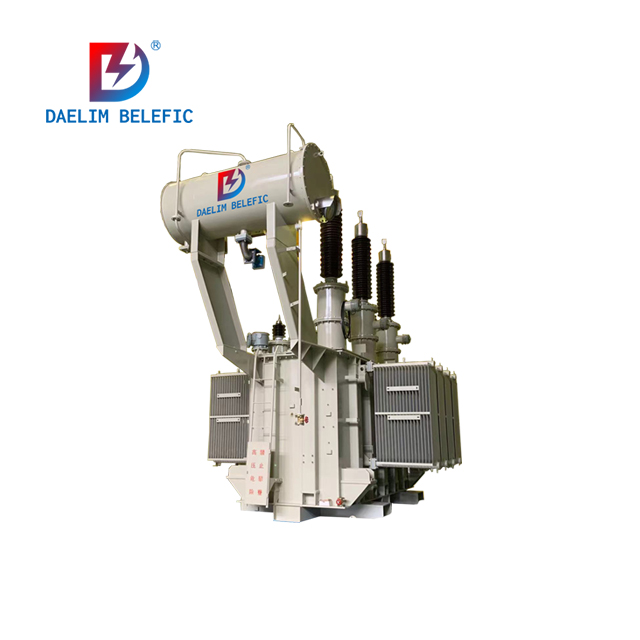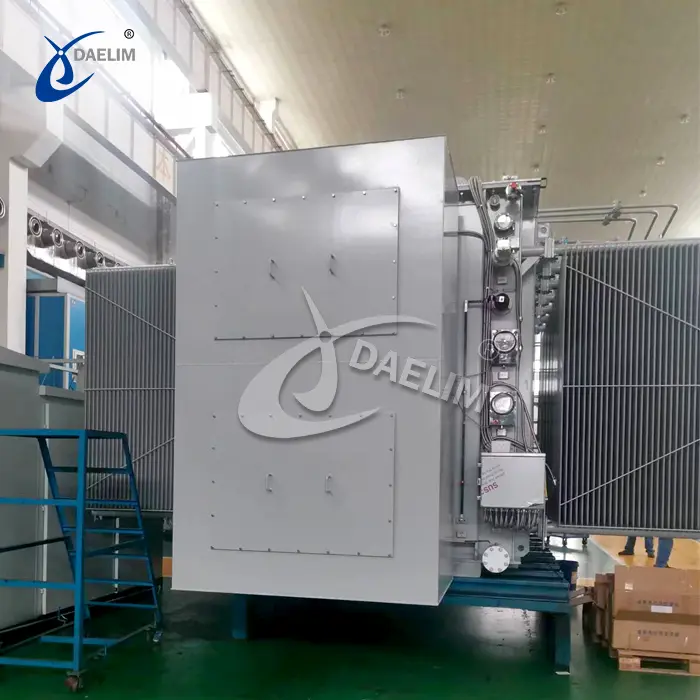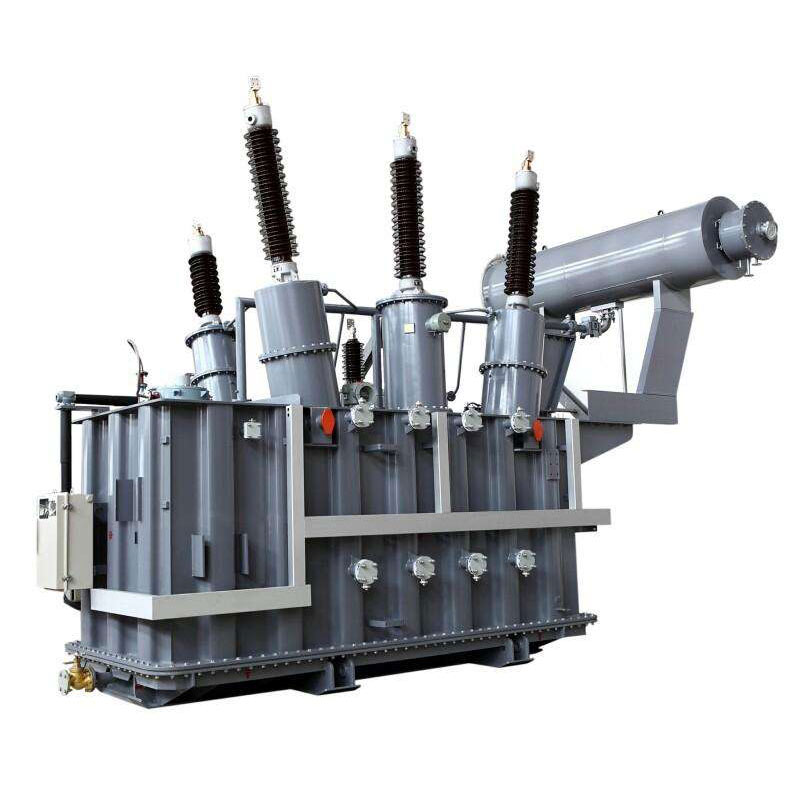Differential Protection of UHV Transformer
Differential protection is the primary protection mechanism for transformers. By analyzing the arrangement of current transformers (CTs), the function and protection range of each differential protection in UHV transformers can be determined.
Longitudinal Differential Protection
Longitudinal differential protection covers the largest protection range, theoretically capable of operating on faults throughout the entire UHV transformer protection zone. However, in practice, its sensitivity can be reduced or even fail to operate in cases of slight inter-turn short circuits between the voltage regulating winding and the compensating winding. To address these shortcomings, additional differential protection types with smaller protection ranges are introduced to enhance sensitivity and reliability.
Split-Side Differential Protection
Split-side differential protection specifically addresses faults in the main transformer series winding and the common winding. Although this protection type has a reduced range compared to longitudinal differential protection, it offers higher sensitivity, making it more effective for detecting certain types of faults.
In summary, while longitudinal differential protection offers the broadest coverage, its limitations in sensitivity for certain fault types necessitate the use of split-side differential protection to ensure comprehensive and sensitive protection for UHV transformers.
More resources
Unbalanced Current in the Differential Protection Circuit of UHV Transformers


